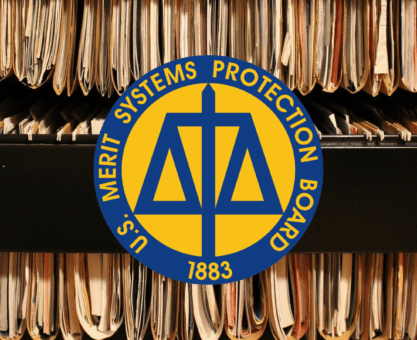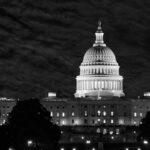President Trump has signed a new executive order that institutes a hiring freeze across most federal agencies and sets the stage for workforce reductions. The policy aims to shrink the size of the federal workforce by cutting down on new hires and requiring agencies to develop comprehensive plans to reduce their employee numbers. This directive builds on his earlier efforts to streamline the federal government.
Key Features of the Hiring Freeze
The order directs agencies to halt the hiring of new employees, with some exceptions. The freeze applies broadly but allows for flexibility in cases where hiring is critical to national security, public safety, or the functioning of key government operations. National security positions and roles related to public health, emergency response, and law enforcement will generally be exempted, along with any other positions deemed essential to the operation of government services. Agencies will also be allowed to submit requests for exemptions for other positions they deem essential.
Long-Term Plans for Workforce Reduction
While the hiring freeze will immediately limit federal recruitment, the broader goal is to reduce the overall size of the federal workforce. The executive order requires agencies to develop detailed workforce reduction plans within the next three months. These plans must outline strategies for achieving long-term reductions in staffing levels while maintaining essential services. Agencies will need to identify positions that can be eliminated, restructured, or consolidated to improve efficiency and reduce costs.
The OMB is tasked with reviewing these plans and ensuring they align with Trump’s objectives to downsize the government. The reduction process will likely involve eliminating duplicate functions, cutting back on non-essential roles, and shifting to more efficient staffing models where possible.
“Despite the concerns, the hiring freeze and workforce reduction plans are expected to move forward, with agencies being given a few months to submit their strategies for staffing cuts.”
Expected Impact and Challenges
The executive order is part of Trump’s broader agenda to make the federal government leaner and more cost-effective. The immediate effect of the hiring freeze will likely be seen in slowdowns in federal hiring, but the long-term impact of the workforce reduction plans is less clear.
While Trump’s administration has framed the order as a way to improve efficiency and reduce government spending, it faces criticism from opponents who warn that the cuts could lead to staffing shortages in critical areas, harm services, and negatively impact employee morale. Despite the concerns, the hiring freeze and workforce reduction plans are expected to move forward, with agencies being given a few months to submit their strategies for staffing cuts.
With all the uncertainty surrounding federal employment, it’s important to stay informed and be prepared for the future. Speak to a Federal Retirement Consultant® who can advise you on your unique benefits and your options should you separate from service.


























